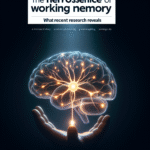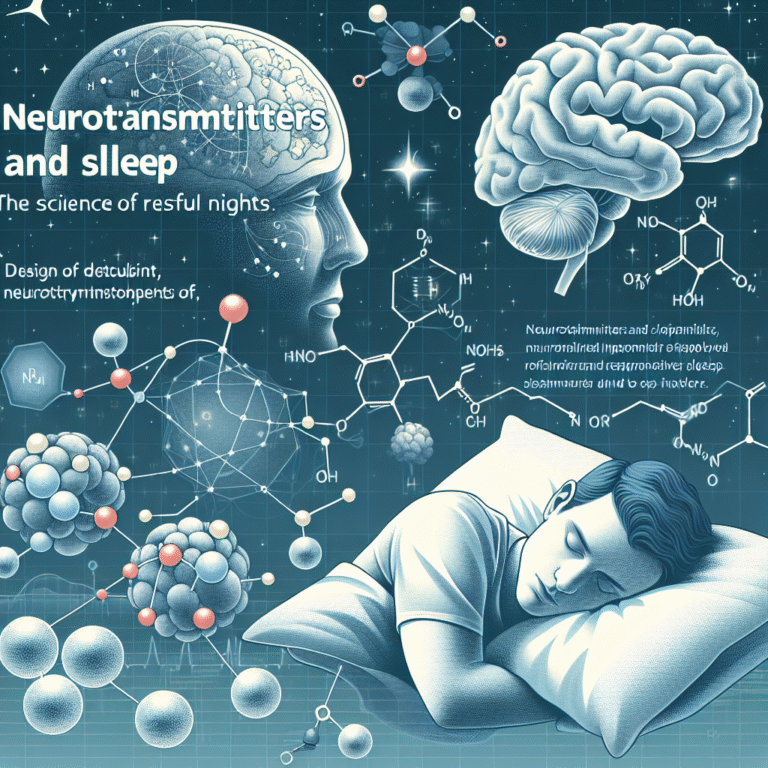
Introduction
Have you ever wondered why you reach for that sugary snack mid-afternoon, or why your feet instinctively take you to the couch instead of the gym? The answer lies in the fascinating interplay of habits and behavior patterns that shape our daily choices. Understanding the intricate mechanisms of The Science of Habits: How Behavior Patterns Influence Our Daily Choices can unlock a realm of opportunities for personal growth, productivity, and overall well-being.
In this article, we will delve deep into the science of habits, explore how they are formed, how they influence our lives, and ultimately, how we can leverage this knowledge to make better choices. By integrating insights from psychology, neuroscience, and behavioral science, we aim to create a comprehensive understanding that is not just informative but transformative.
The Foundations of Habit Formation
What Are Habits?
At their core, habits are automatic behaviors triggered by cues in our environment. They allow our brains to conserve energy and facilitate routine actions without requiring conscious thought. Charles Duhigg, in his book The Power of Habit, describes the habit loop consisting of three key components: Cue, Routine, and Reward.
| Component | Description |
|---|---|
| Cue | A trigger that initiates the behavior. |
| Routine | The action or behavior in response to the cue. |
| Reward | The positive outcome that reinforces the behavior. |
The Habit Loop Explained
Understanding this loop is crucial to grasp The Science of Habits: How Behavior Patterns Influence Our Daily Choices. For example, consider someone who feels stressed (Cue). They might go for a run (Routine), which leads to the release of endorphins (Reward). Over time, that person may consistently choose running over other stress-relief methods. This loop solidifies running as a habit rather than a conscious decision, influencing future choices.
Types of Habits
Not all habits are created equal. They can be classified into several categories, including:
- Health Habits: Eating, exercise, and sleep patterns.
- Productivity Habits: Time management, planning, and prioritization.
- Social Habits: Interactions with family, friends, and colleagues.
- Cognitive Habits: Ways of thinking and processing information.
By understanding these categories, we can strategically modify our behavior to enhance specific areas of our lives.
The Neuroscience Behind Habits
The Role of the Brain
Habits are not just a psychological phenomenon; they have biochemical and neurological underpinnings. The basal ganglia, a group of nuclei in the brain, play a crucial role in habit formation. When we repeat a behavior, the pathways become stronger, making the behaviour easier and more automatic over time.
Case Study: Neuroplasticity and Habit Change
A study conducted by neuroscientists at MIT demonstrated that mice could learn to navigate a maze through repeated action. As they went through the maze, the neurons in their brains strengthened, reiterating the concept of neuroplasticity — the brain’s ability to adapt and reorganize itself. This study illustrates how even simple behaviors can evolve into deeply ingrained habits through repetition, reiterating The Science of Habits: How Behavior Patterns Influence Our Daily Choices.
How Habits Influence Our Decisions
Routine versus Non-Routine Choices
Habits dictate a significant portion of our daily actions, often overshadowing conscious decision-making. For example, a person who habitually reaches for unhealthy snacks in a work setting may unintentionally prioritize junk food over healthier options, making dietary choices and influencing overall health.
The Impact on Time Management
Research shows that effective habits can increase productivity and time efficiency. Establishing a morning routine, like consistently waking up early to plan the day, can lead to better time management, enhancing our decision-making abilities throughout the day.
Social and Emotional Effects of Habits
Behavior patterns impact how we interact with others. Positive social habits such as active listening can foster deeper connections, while negative patterns might hinder relationships. The emotional responses tied to these habits also affect our overall well-being. For instance, cultivating gratitude through regular thankfulness journaling can lead to more positive emotional states, reinforcing constructive behavior patterns.
The Role of Environment
Our surroundings can heavily influence our habits. For example, placing fresh fruits at eye level in the kitchen can promote healthier eating choices, showcasing how environmental cues can guide our behavior.
Case Study: The Influence of Environment on Eating Habits
A study published in the American Journal of Public Health revealed that individuals living in neighborhoods with easy access to fast food were more likely to develop unhealthy eating habits. This research underscores The Science of Habits: How Behavior Patterns Influence Our Daily Choices by demonstrating that modifying our environment can effect positive change in habitual behavior.
Changing Habits: Strategies for Success
Start Small: The 1% Rule
One of the most effective strategies for changing habits is to start with small, incremental changes. By focusing on improving a habit by just 1% each day, individuals can achieve substantial growth over time. This principle, popularized by author James Clear in his book Atomic Habits, emphasizes that small changes yield remarkable results.
Implementation Intentions
Planning ahead can significantly improve the likelihood of sticking to new habits. By creating specific ‘if-then’ plans, individuals can pre-determine their responses to certain cues. For example, "If I get home from work, then I will go for a 30-minute run" diminishes decision fatigue and creates clarity.
Habit Stacking
Another technique involves stacking new habits onto existing ones. For instance, if you already brush your teeth (an established habit), you can stack a new habit, such as doing a quick five-minute meditation afterward. This approach leverages your existing routines to facilitate new behavior patterns.
Monitoring Progress with Habit Trackers
Keeping track of habits can bolster accountability and provide motivation. Using habit trackers or journals allows individuals to visualize their progress and reflect on their behaviors, essentially enhancing their understanding of The Science of Habits: How Behavior Patterns Influence Our Daily Choices.
Building a Support System
Surrounding oneself with supportive individuals can fortify new habits. Whether it’s a workout buddy or a social circle that prioritizes healthy living, accountability partners can amplify commitment levels and make the journey toward change more enjoyable.
Conclusion
Understanding The Science of Habits: How Behavior Patterns Influence Our Daily Choices is more than an academic pursuit; it is a powerful journey toward personal transformation. By recognizing how habits are formed, their influence on our decisions, and employing strategies for change, we can gain mastery over our lives.
The path to better choices lies in our hands — by starting small, staying consistent, and surrounding ourselves with positivity, we can rewrite our habit narratives and ultimately influence our daily lives for the better.
FAQs
1. What is the habit loop?
The habit loop consists of three components: Cue, Routine, and Reward. It explains how habits are formed and maintained.
2. How long does it take to form a new habit?
Research suggests it can take anywhere from 18 to 254 days to form a new habit, depending on various factors such as individual personality and the nature of the habit.
3. Can I break a bad habit?
Yes, it is possible to break a bad habit through strategies such as identifying cues, replacing routines with healthier alternatives, and reinforcing positive rewards.
4. How can I track my habits?
You can track habits using physical journals, habit-tracking apps, or simple charts that visually illustrate your progress and consistency.
5. Is it necessary to involve others in my habit-changing process?
While not necessary, having an accountability partner or support system can significantly increase your chances of successfully changing habits by providing encouragement and motivation.
By understanding these principles, integrating them into daily life, and fostering a growth-positive atmosphere, we pave our way toward better choices and healthier, more productive habits.
















